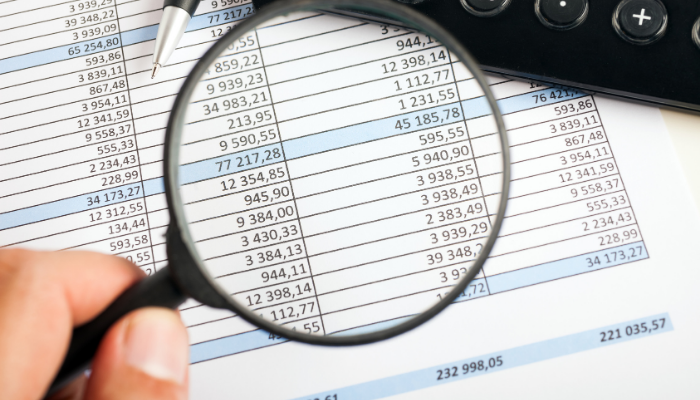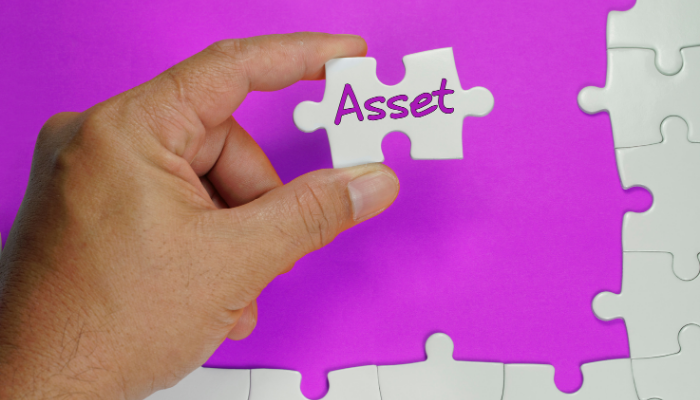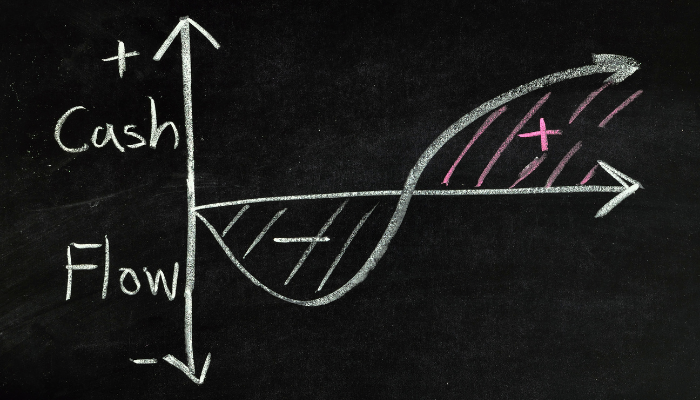
The essential accounting records for a business include four documents: the balance sheet, the income statement, the statement of owner's equity, and the cash flow statement. A cash flow statement is particularly critical for an entrepreneur. It allows him or her to carefully examine the day-to-day state of the company and how much money is available for use at any given time. Because the cash flow statement uses figures from the other records, it is usually prepared after the balance sheet and the income statement have already been completed.
How a Cash Flow Statement Differs from Other Accounting Records
A cash flow statement is quite different from the other accounting statements. While an income statement calculates a business's net income and the balance sheet shows the value of assets compared to liabilities, the cash flow statement simply describes how cash is being used after it is received by the company.
However, items that are often deducted on a balance sheet are typically added back during the course of preparing the cash flow statement. For example, on a balance sheet, the total assets include both cash and items that are owed to the business ("Accounts Receivable"). On the cash flow statement, though, the term "cash" is used to strictly refer to the amount of money currently on hand. A cash flow statement also varies from the income statement because it focuses on the money that the business actually has, instead of the amount of income that has been earned during the previous period.
How to Prepare a Cash Flow Statement
To begin a cash flow statement, you start with your net income (also called "net earnings) and then you add back some of the items that may have been deducted from the assets on your balance sheet. For example, you'll include your debts that are owed for accounts payable, since those payments have yet to be made, and you'll include the value of any depreciation, since that has not yet been deducted from your asset value.
You'll also have to make some adjustments on the negative side. On the balance sheet, accounts receivable (or the amount that your customers owe you) is included as an asset. However, you must deduct this from your net income on the cash flow statement, since you have not actually received these payments yet. You'll also need to deduct the value of your current inventory from your net income, because this value does not directly increase the amount of cash you have on hand.
After you make the necessary additions and subtractions, you'll deduct any cash amounts you spend for investments in the company such as new equipment or new property. You'll also need to deduct any cash that is disbursed for bonds or dividend payments to investors. The amount that remains over is your actual cash on hand.
A cash flow statement is critical to helping your business stay on budget. When you take the time to prepare your cash flow statement correctly, you'll be able to decide how best to use your cash on hand to expand the value of your company.















